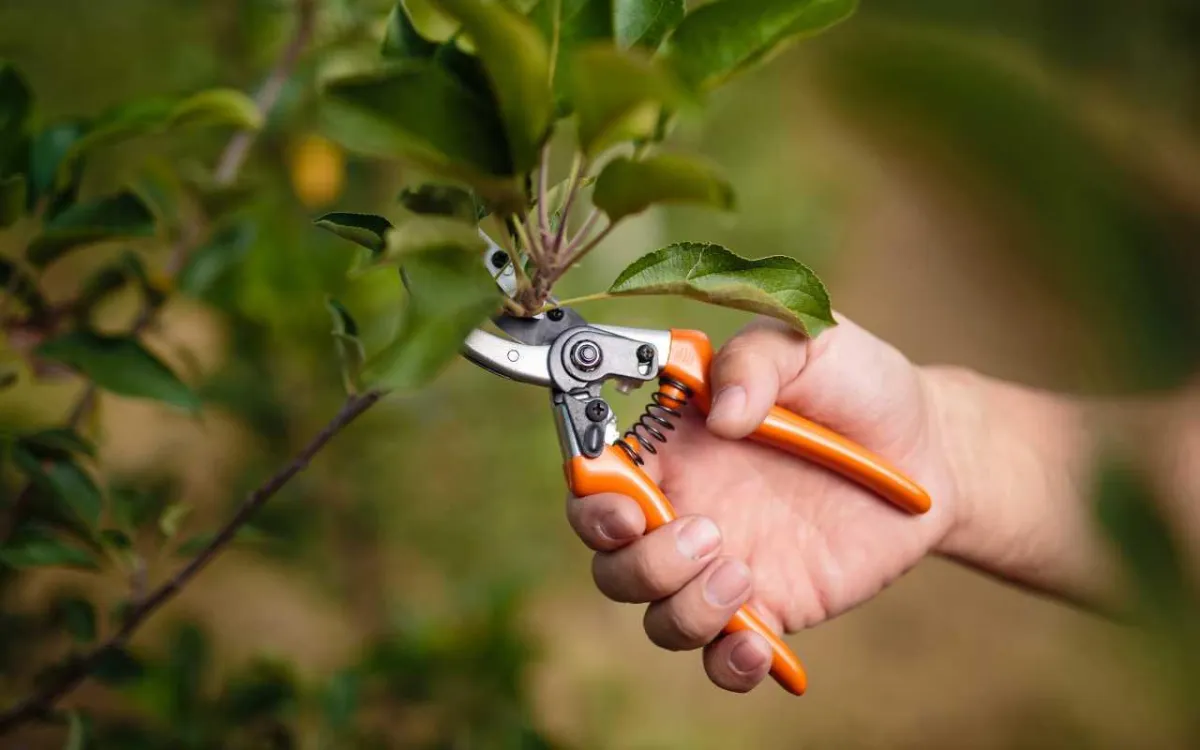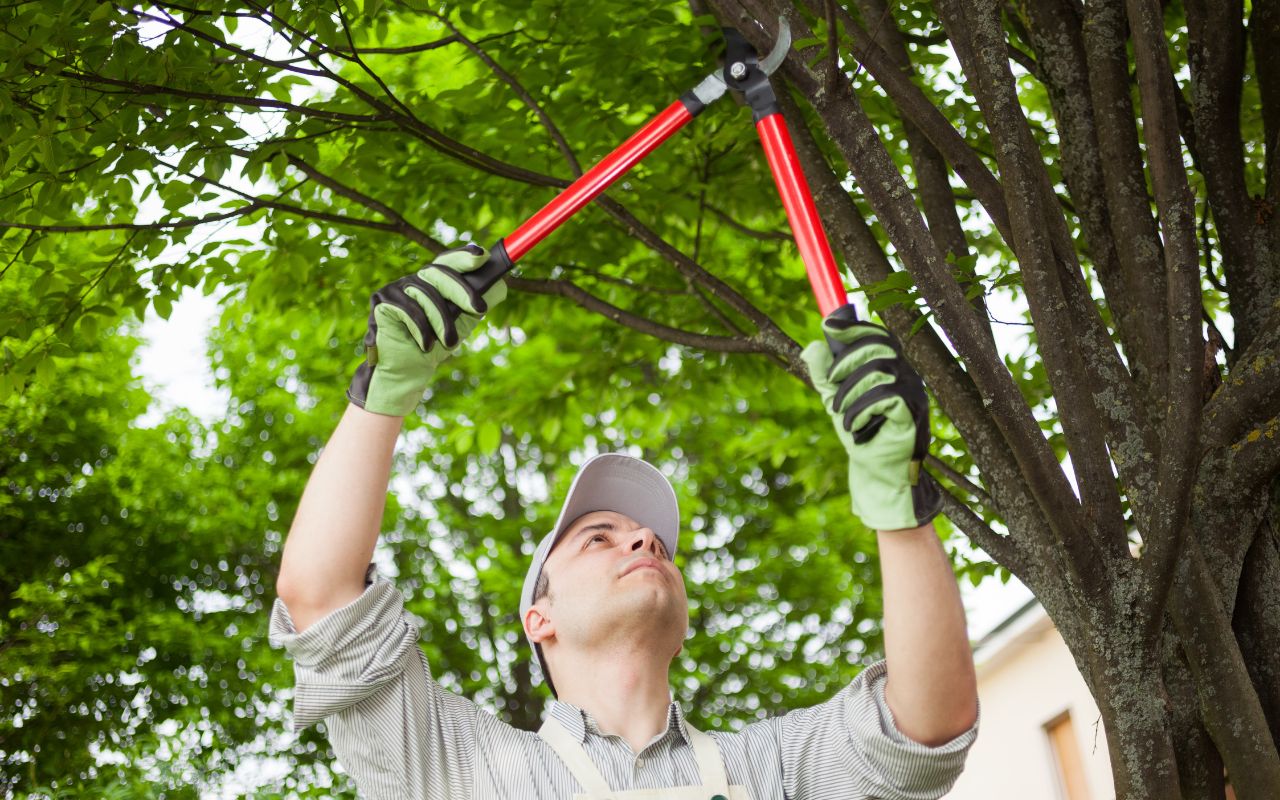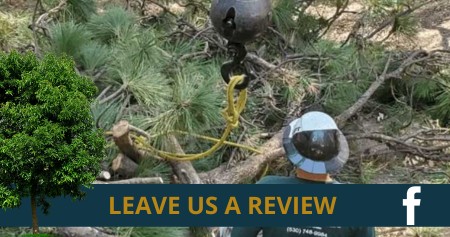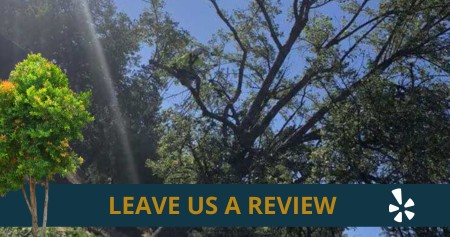
Understanding the importance of tree pruning is essential for maintaining a healthy, safe, and aesthetically pleasing landscape. This fundamental horticultural practice not only enhances the growth and form of trees but also significantly boosts their vigor and lifespan.
Proper pruning helps trees thrive, preventing pests and diseases and boosting plant health.
Effective Strategies for Tree Pruning
Key Benefits of Tree Pruning
Pruning trees is not merely about aesthetic management; it’s a vital practice for maintaining their health and safety. Below, you will find an expanded discussion on the multiple benefits of strategic tree pruning.
Understanding Tree Pruning
Tree pruning involves selectively removing certain tree parts, such as branches, buds, or roots. Reasons to prune include deadwood removal, shaping, and improving health. Additionally, it reduces falling branch risks and enhances flower and fruit quality.
Why Prune Trees?
● Health: Removing diseased or pest-infested branches prevents these agents from damaging more of the tree, thereby promoting a healthier growth environment.
● Safety: Eliminating overgrown and weak branches significantly reduces the risk of them falling during storms or under the weight of snow and ice, thus protecting property and human life.
● Growth: We make room for new growth by cutting away the old. Pruning stimulates trees to sprout new, healthy branches.
● Aesthetics: Regular pruning helps maintain the desired shape and appearance, making your landscape more appealing.
Proper Techniques for Pruning
● Timing: The optimal time for pruning most trees is during their dormant season, which falls in late fall or early winter. This timing helps prevent disease entry and reduces sap loss in certain tree species.
● Tools: Using the right tools is crucial. Sharp, clean pruning shears, loppers, and saws are essential for precise cuts that heal quickly.
● Method: It is essential to remove only the dead, damaged, or overcrowded branches. Make your cuts close to the branch collar at the base of the limb, but do not damage the collar itself, as this can harm the tree.
Common Pruning Mistakes to Avoid
● Over-pruning: Removing more than 25% of a tree’s crown in one season can stress the tree, leading to various health issues.
● Topping: This harmful practice involves cutting the upper parts of tall trees, leading to weak new growth and increased vulnerability to pests and diseases.
● Improper cuts: Avoid leaving a too-large stub or making flush cuts against the trunk. Both mistakes hinder the tree’s natural healing process.
Enhancing Tree Health: Pest Control, Airflow, and Sunlight
One of the primary benefits of tree pruning is its role in pest control. By removing affected or dead branches, you stop potential infestations from spreading to healthy parts of the tree. Insects and pests are often attracted to decaying wood and damaged branches, so pruning away these problem areas early helps maintain a pest-free environment. Preventing pests through pruning not only protects the tree itself but also the surrounding plants and landscape from possible infestations.
Additionally, pruning opens up the tree’s canopy, improving airflow and sunlight penetration. Good airflow around branches reduces humidity levels within the tree, which is particularly helpful in preventing fungal diseases. Enhanced sunlight exposure also strengthens the tree’s growth and improves the health of lower branches. Together, these benefits create a healthier, more resilient tree that requires less intervention over time.
Regularly pruning to control pests, increase airflow, and boost sunlight absorption ensures your trees remain robust, adding both beauty and ecological value to your landscape.
FAQs on Tree Pruning

What is the best season to prune trees?
Pruning during the dormant season is generally best, as it minimizes sap loss and stress to the tree.
Can pruning affect the fruit production of trees?
Yes, proper pruning can boost fruit quantity and quality by improving sunlight and airflow through the tree.
Should homeowners prune their trees themselves?
While basic pruning can be a DIY task, hiring professional landscapers for safety and effectiveness is best.
This thorough approach to tree pruning keeps your landscape beautiful and strengthens your trees.
Embrace the Importance of Tree Pruning
Understanding the importance of tree pruning can transform your approach to tree care. By utilizing the right techniques, you ensure that your trees survive and thrive, contributing positively to your landscape.
Considering the complexities and potential risks involved, seeking professional advice or services for tree pruning is highly recommended. Our experts are ready to assist you in enhancing the beauty and safety of your landscape.
Don’t wait for the perfect moment to take care of your trees. Contact us today to schedule a consultation and ensure your trees remain valuable to your property!



